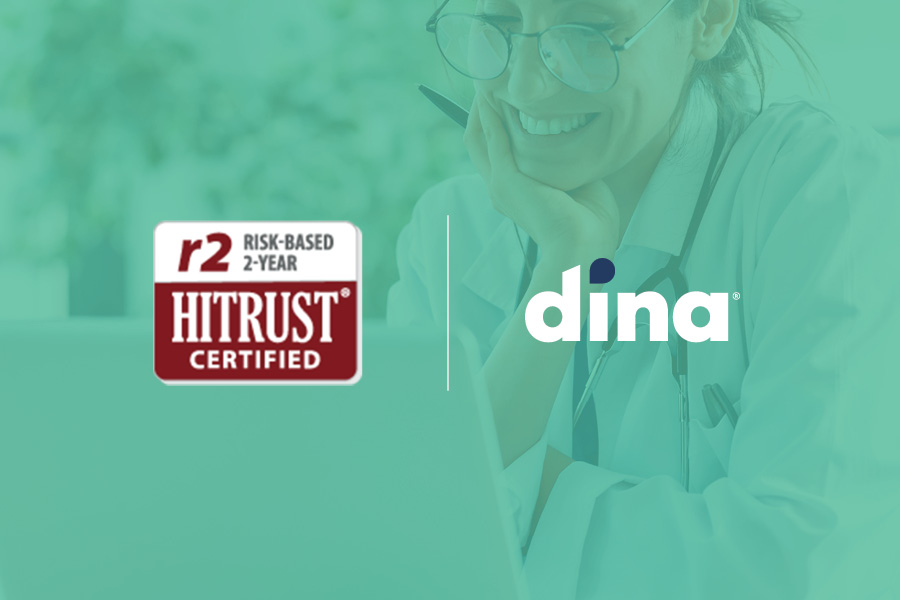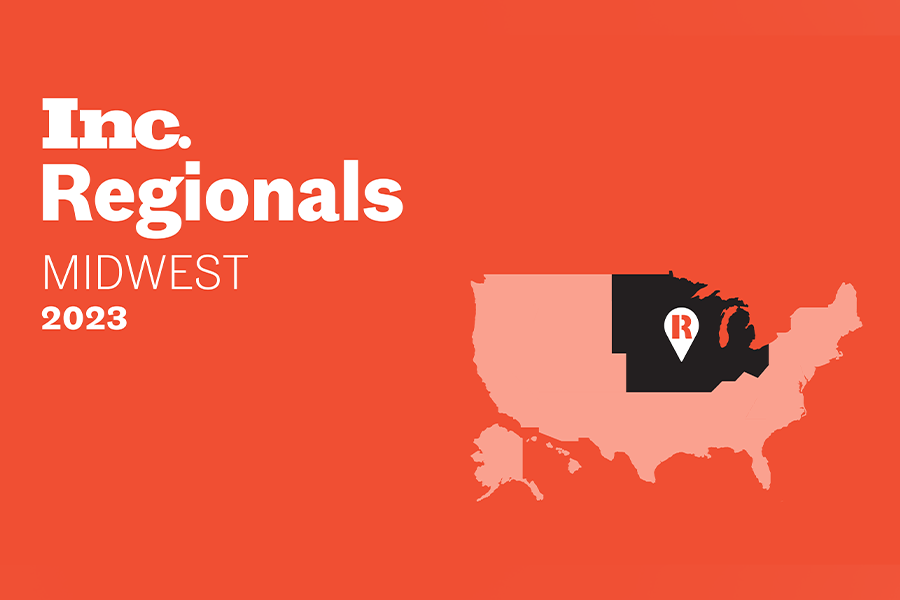Hospitals and health plans are beginning to recognize the value of monitoring patient progress in the home. They want to partner with home health agencies who are investing in patient outcome measures, assessment tools and advanced clinical decision-making support.
Consider these industry realities:
- Health care is moving to a patient-centered, outcome-based model that prioritizes optimizing care over predetermined lengths of stay.
- There’s growing pressure to reduce total medical costs, unnecessary hospitalizations, unnecessary emergency department use and unplanned long-term care placements.
- The United States has a large and rapidly aging population that will require care.
- Significant human resource shortages across the industry result in aides handling more complex tasks, including administering medications, tube feedings and catheterizations. This creates more opportunities to observe patients and monitor changes.
Hospitals and plans want to partner with home health agencies who are investing in assessment tools and advanced clinical decision-making support.
Under the Patient-Driven Groupings Model (PDGM), home health providers will no longer determine payment rates by therapy volume. Instead, payment will be tied to patients’ needs and clinical characteristics. The goal, according to CMS, is to remove incentives for agencies to over-provide therapy.
The value-versus-volume discussion is here and moving quickly. The challenge is to figure out how to bring that value to life in clinical practice. It involves more than just reporting on service measures; an agency has to demonstrate the value it brings to patient care.
Here are six steps to get started:
1. Commit to patient-centered and outcome-based care as a key organizational strategy
Communicate this shared vision with staff.
2. Train your workforce on new technology
Home health aides need mobile technology to capture and deliver clinical insights and assessments from the home. Clinicians require evidence-based recommendations for interventions and escalations.
3. Identify an innovation partner
Work with an ACO, plan or another risk-bearing provider to launch your program. Select a champion and key stakeholders to help launch the initiative and validate initial workflows.
4. Start small
Prioritize clinical escalations that are achievable and meaningful for the clinical team. A good technology solution will filter out the noise and provide proper context so clinicians can make the best decisions possible.
5. Build on success
Once you and your partners have proven clinical impact and demonstrated outcomes, increase the scope of the program by expanding clinical recommendations and escalation paths.
6. Market your agency as an innovation leader
Make sure ACOs and other payers are aware of your foresight in this area. ACOs take on a significant amount of risk-sharing when they partner with home health agencies. They want to partner with agencies that demonstrate they can minimize risk to patients and keep the costs of care and service delivery in line.
Read Part 1: Monitoring Patient Progress at Home
This article originally appeared in HomeCare Magazine.




